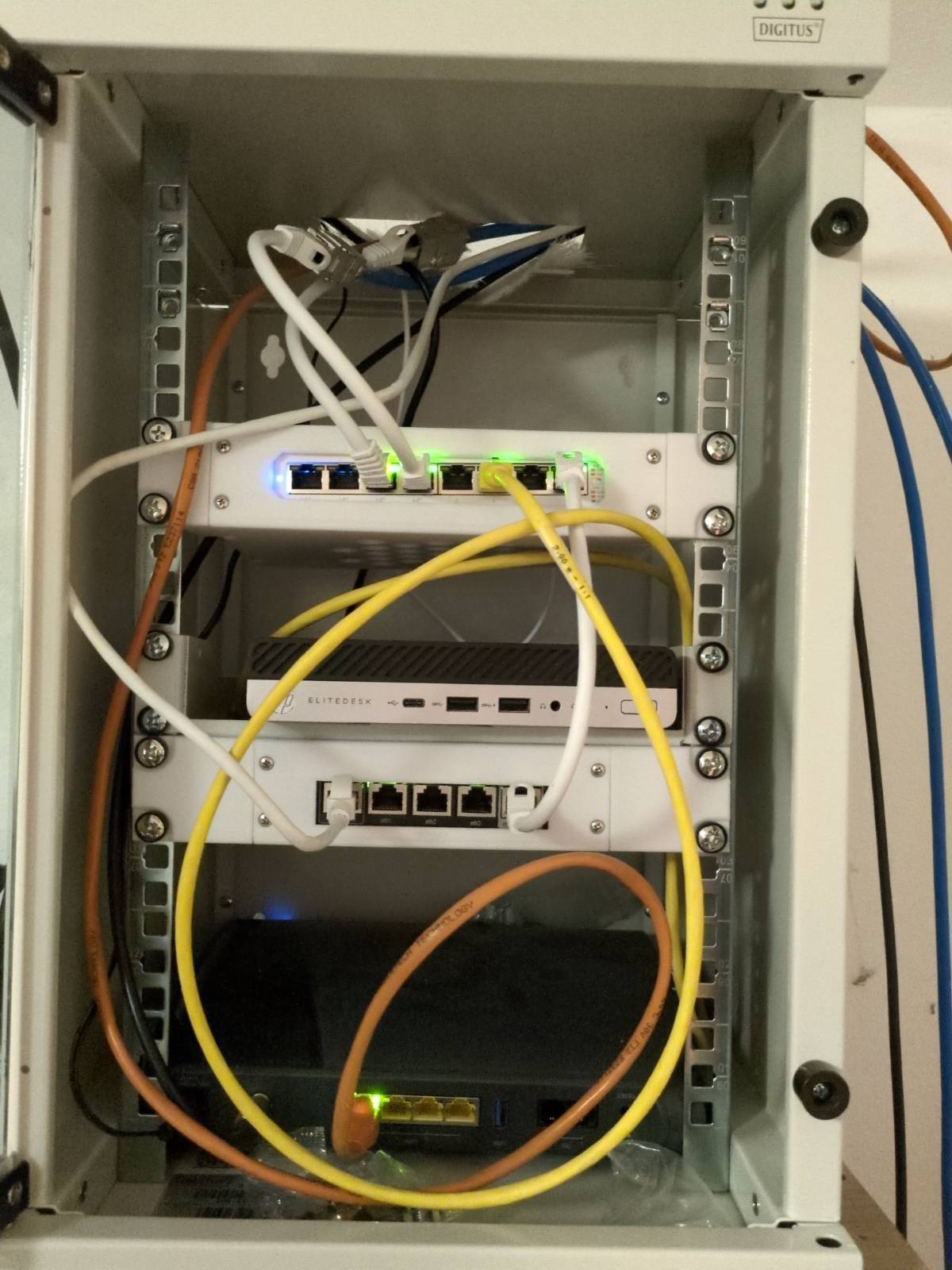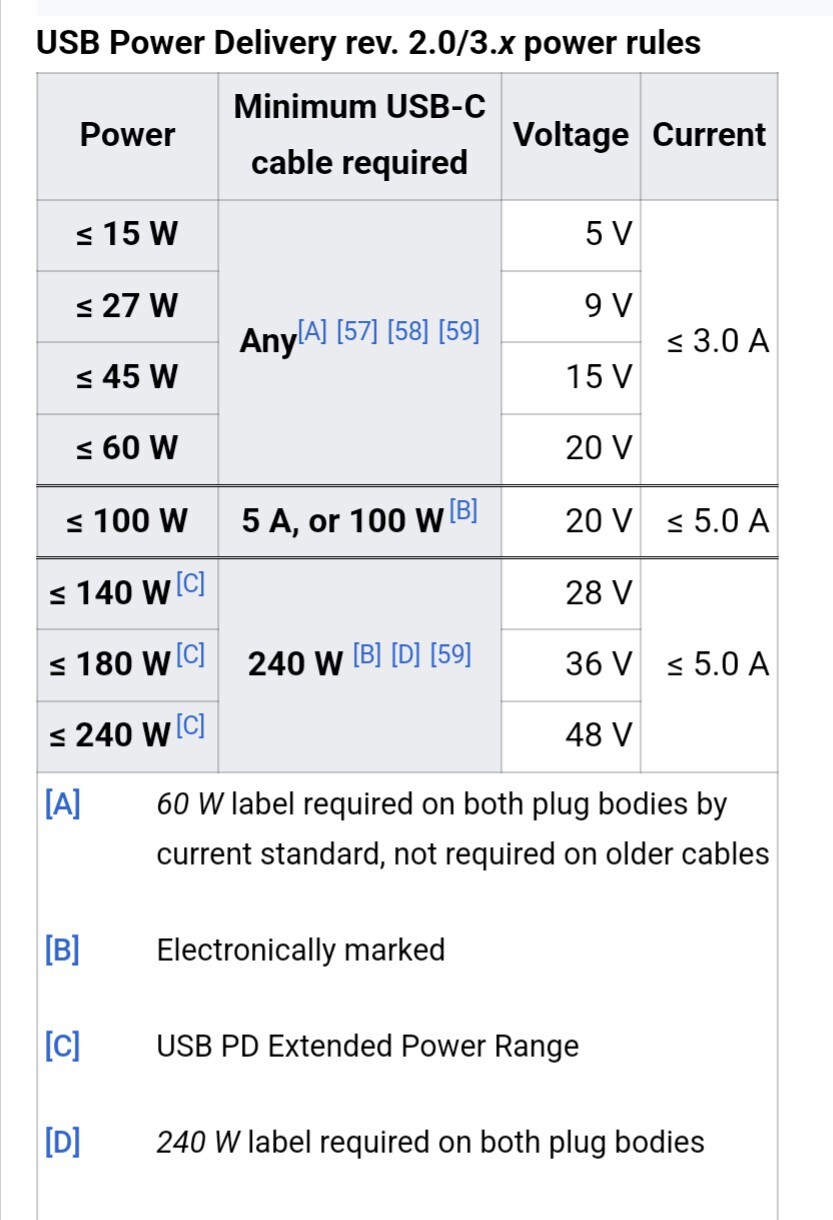
Small, 10 inch rack, with some 3D printed rack mounts.

Small, 10 inch rack, with some 3D printed rack mounts.


Maybe try some TLS-based VPN? This should work almost anywhere, because it looks like a standard HTTPS connection.
Wireguard - even on port 443 - is special as it uses UDP protocol and not the more widely used TCP protocol.
I like it :) Can you provide a link to the sensors you used?


You‘re supposed to host this yourself.
Set the DNS cache time to 60 seconds.
Set the script to run on every host delayed by some time to avoid simultaneously accessing the API (e.g. run the script every other minute).
With this approach, you get automatic failover in at most 3 minutes.
I’d host it on both webservers. The script sets the A record to all the servers that are online. Obviously, the script als has to check it’s own service.
It seems a little hacky though, for a business use case I would use another approach.
OP said that they have a static website, this eliminates the need for session sync.
Your challenge is that you need a loadbalancer. By hosting the loadbalancer yourself (e.g. on a VPS), you could also host your websites directly there…
My approach would be DNS-based. You can have multiple DNS A records, and the client picks one of them. With a little script you could remove one of the A Records of that server goes down. This way, you wouldn’t need a central hardware.
Looks like a small release, but has some IMO pretty interesting changes, like
Allow users to view their own removed/deleted communities
and
Add backend check to enforce hierarchy of admins and mods


This kind of spam is luckily pretty rare in europe, I get maybe one or two spam calls a year.
Probably not. It is still fun though
I don’t think the world needs more AI images about politicians.


That car looks … interesting.


Forever together. Because their hands are connected ;)


No USB power plug operates at 5 V when providing 65 Watts. That would be 13 Amps. Both power plugs most likey use 15 or 20 volts internally. 19 volts is not allowed over USB.
Edit: Here is a short summary of the USB-PD spec from Wikipedia



Thanks for the explanation, I tried it myself:


Thank you! I’ll publish one later today.


You can trim it even further:
For a start, try hosting something in your own home. A raspberry or an older PC or laptop should be enough.
My first projects were a print server (so I can print via wifi) and a file server. Try to find something that is useful for you.
Only start hosting on the internet when you’ve learned the basics and have more experience.
My HP has a 65 watt CPU built in, when it’s running at full load it is quite loud.